


Researchers analyzed the effects of wildfires on plant cover and soil quality in the last 40 years. The findings of the study show that the forest is highly vulnerable even in well-conserved areas far from the ‘deforestation arc’.

Researchers at the University of Campinas in Brazil reveal the mechanisms whereby SARS-CoV-2 disrupts the regulation of inflammation, coagulation and blood pressure when it infects alveolar cells, responsible for gas exchange in the lungs.

According to researchers affiliated with the University of São Paulo, these indicators can orient preventive care for the most vulnerable and rehabilitation for survivors who suffer from long-term complications.
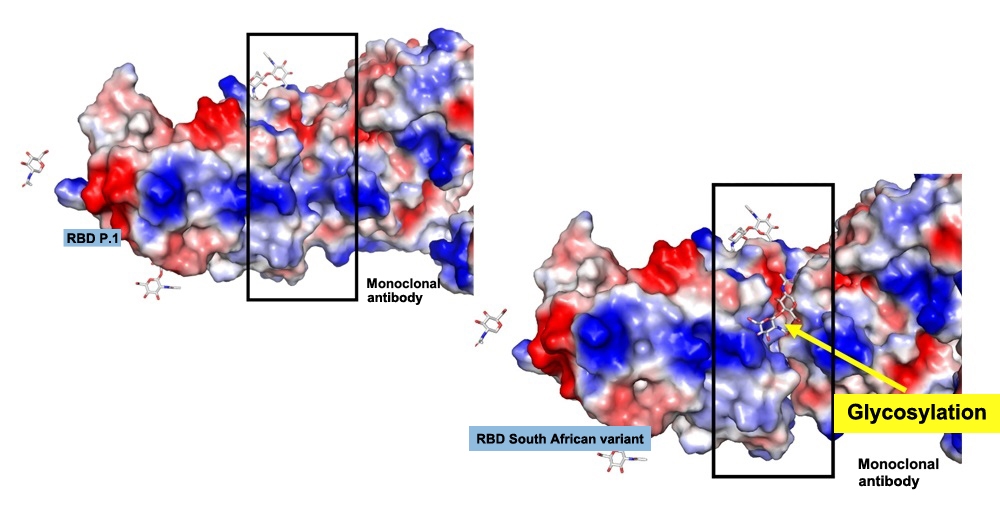
A mutation in the variant’s spike protein is associated with glycosylation, which prevents antibodies from binding strongly to the virus. If the discovery is confirmed by further research, it could serve as a basis for future vaccines that are more effective against novel variants.

Brazilian researchers show that feed supplementation improves fatty acid profile of milk and promotes a healthier omega-6/omega-3 ratio.
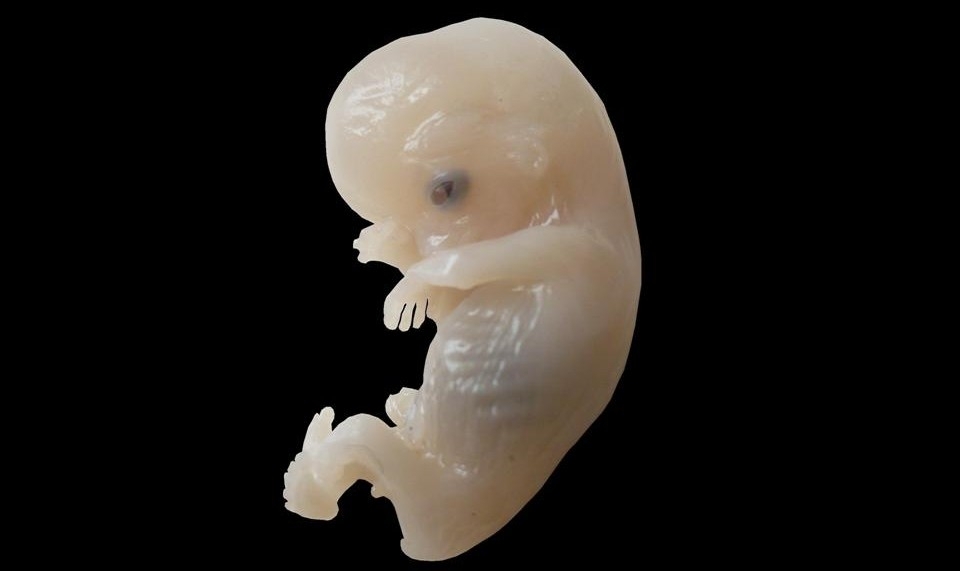
In an article published in PLOS ONE, scientists at a FAPESP-supported research center describe the impact of hypoproteinemia on the expression of microRNAs associated with kidney development in rat embryos.

Butterflies are considered a key biological indicator of trends in the biome. The study quantified the contributions of landscape and climate variables to current species distribution patterns.

A simple and affordable solution developed by researchers at the University of São Paulo and a Nigerian collaborator eliminates even multi-resistant bacteria. Clay, papaya seeds and banana peel are among the raw materials used by the group.

A multinational research group used data from São Paulo to perform calculations which suggest that even a minor reduction in the city’s mobility – equivalent to a rise from 45% to 50% in the social distancing index – correlates with a considerable fall in new infections and deaths after a few days.

Sample collection is much easier and less invasive. Self-collecting is feasible, depending on the child’s age. Schools should reopen only with mass testing to keep track of asymptomatic cases, the researchers argue.

Inexpensive test is non-invasive and based on detection of bladder cancer biomarkers in urine.

A total of BRL 18.5 million will be allocated to funding for collaborative projects by researchers in the state of São Paulo with colleagues in other countries. Proposals must be submitted not later than July 10.

A study by researchers at São Paulo State University reinforces the idea that environmental and climate-related changes resulting from the Andean uplift triggered a revolution in the caste system of these paper wasps.
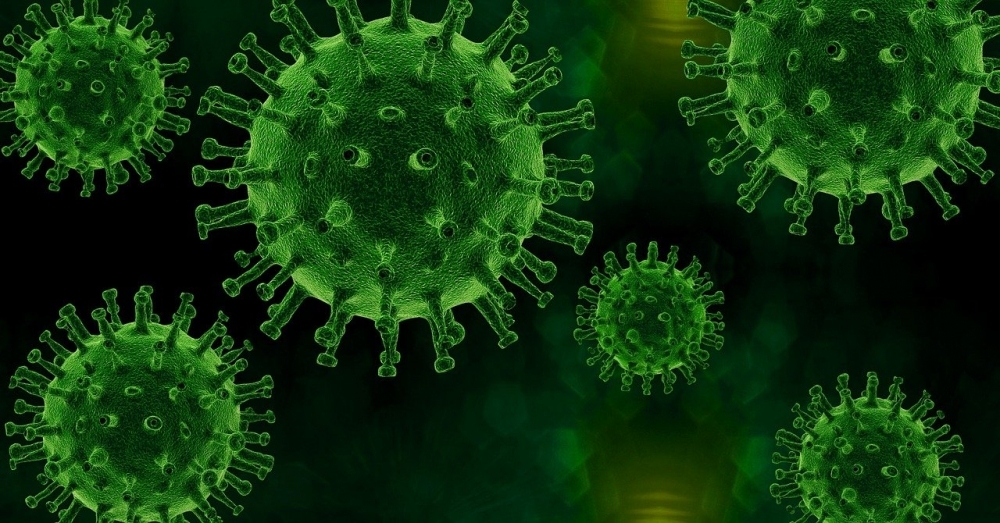
Infection of periodontal tissue, not just airways, explains the high viral load found in the saliva of COVID-19 patients, this study suggests.

Machines designed and prototyped by Setup Automação with PIPE-FAPESP’s support could come to market costing 25% less than currently available devices.

A clinical trial was conducted by researchers at the University of São Paulo with 240 patients who were given 200,000 IU of vitamin D3 on admission to hospital. The supplementation did not reduce length of stay or affect the proportion requiring intensive care.

Resonant-tunneling diodes are used in high-frequency oscillators, wave emitters and detectors, logic gates, photodetectors, and optoelectronic circuits. The study was a collaboration between Brazilian and German researchers.

The new cutoff values for a metric widely used by geriatricians, physical therapists and nutritionists are more accurate, facilitate early diagnosis and contribute to preventive treatment.
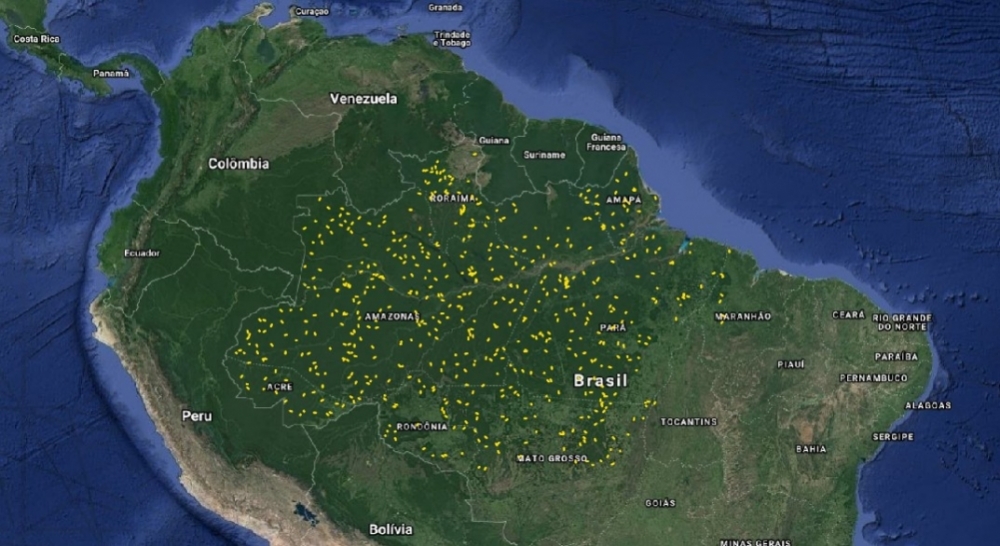
The researchers concluded that water stress, soil fertility and human-induced forest degradation cause gaps in the world’s largest tropical forest.
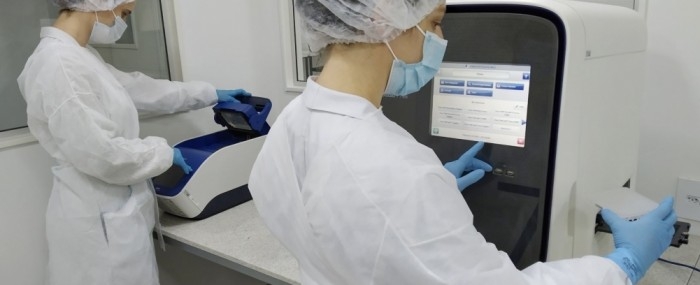
By means of specific biomarkers, a diagnostic test developed by the Brazilian startup Onkos shows whether a lump in the gland is benign or malignant, reducing the risk of unnecessary surgery.

The platform developed by researchers from Brazil and Chile lets users view geolocation of cases, deaths and vaccinations over time.
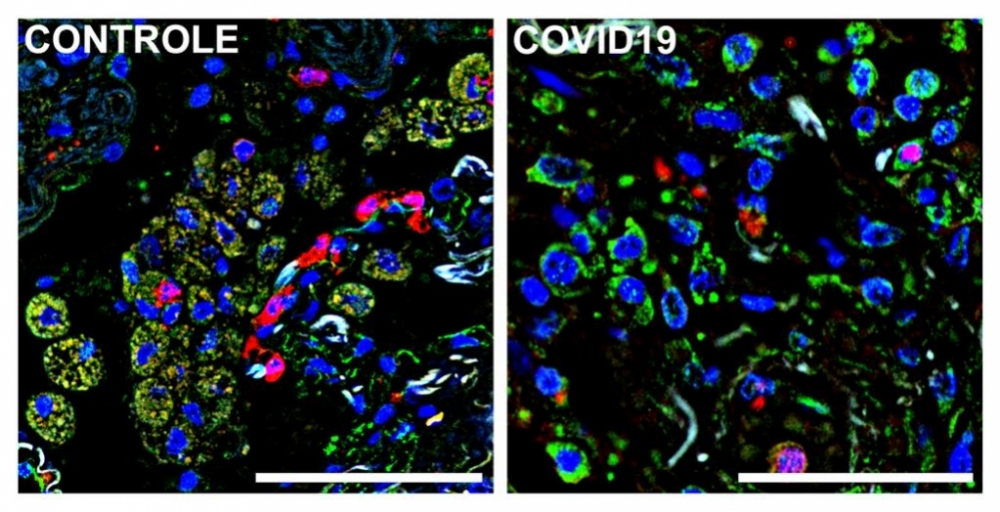
A study by the University of São Paulo has discovered that when macrophages engulf cells infected by the novel coronavirus, they begin producing excessive amounts of pro-inflammatory molecules, and their capacity to recognize and phagocytize dead cells is reduced twelvefold.
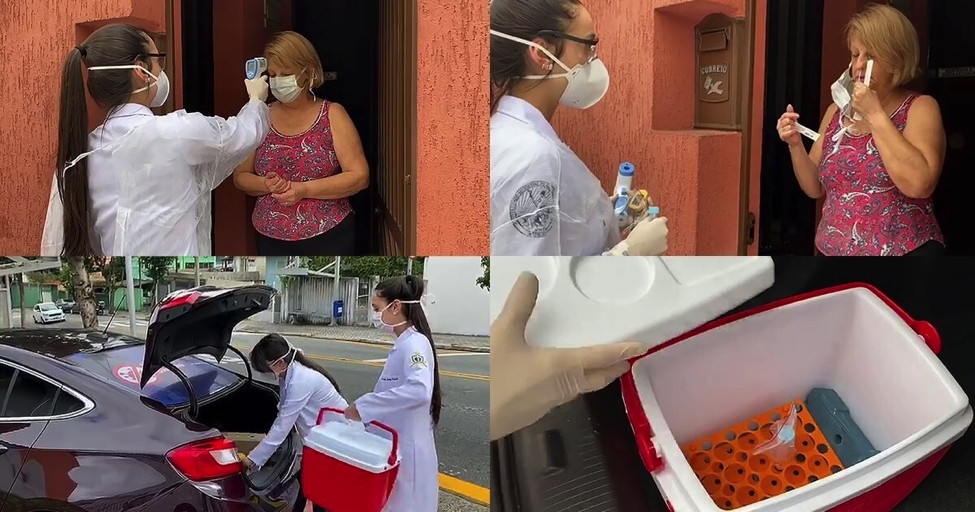
Brazilian researchers monitoring the population of metropolitan São Paulo have reported atypical cases in which SARS-CoV-2 continues to replicate in the organism for longer than the recommended isolation period.

A method created in Brazil by the Human Genome and Stem Cell Research Center could be used for large-scale production of livers for transplantation.